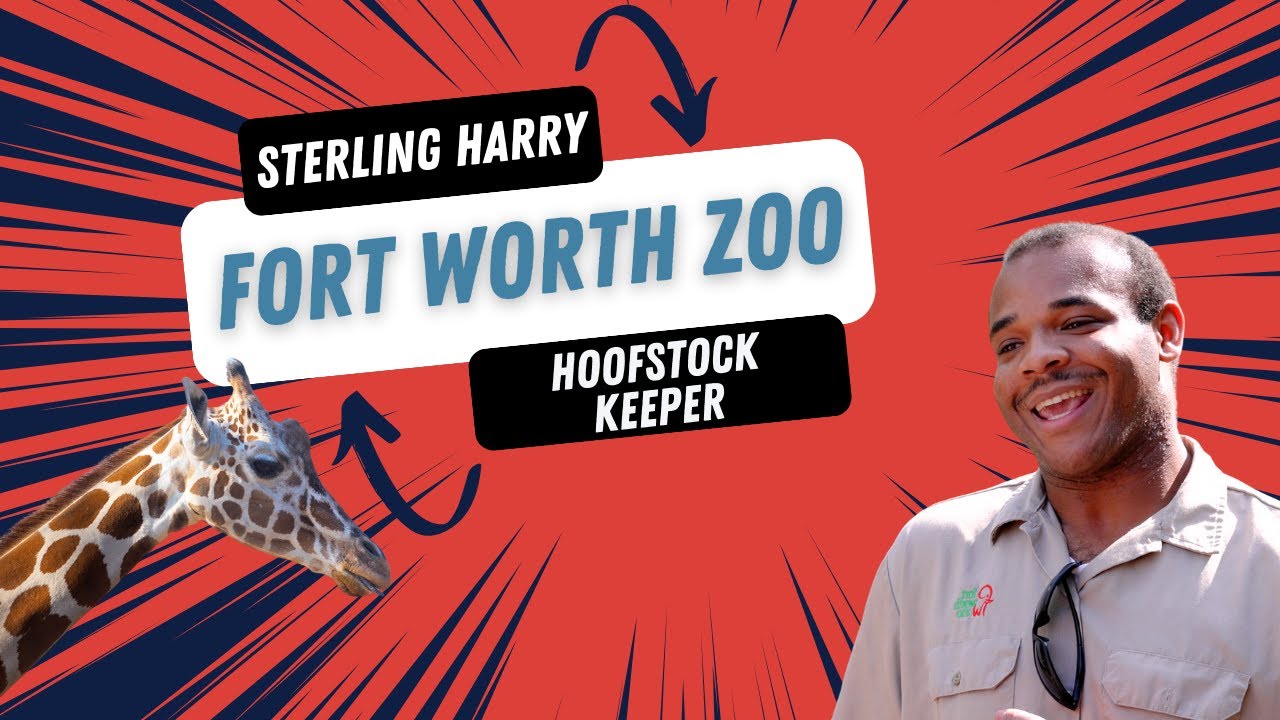*****
Summary of Transcript:
In this YouTube video, Sterling Harry, an African savannah hoof stock keeper at the Fort Worth Zoo, shares his experience working at the zoo. He started in Admissions and worked to become a keeper, but the job involved more work than he initially thought. He thought he would hang out with the animals daily but realized it was a big wake-up call. Despite standing in the same spot every day, he’s glad he made the change as it has changed his life indefinitely.
*****
Guardians of the Savanna: A Day in the Life of African Hoofstock Zoo Keepers
Introduction
African hoofstock, such as giraffes, zebras, and various antelope species, are some of our planet’s most iconic and captivating creatures. Caring for these majestic animals in a zoo environment is both a challenging and rewarding experience. In this blog article, we will follow the daily routine of dedicated zoo keepers who work tirelessly to ensure the health and well-being of these incredible animals. Through their eyes, we will gain insight into the unique world of African hoofstock and the passionate individuals who care for them.
Morning Rounds: A Fresh Start
The day begins bright and early for African hoofstock zoo keepers as they embark on their morning rounds. Keepers carefully inspect each enclosure, checking for any signs of illness, injury, or stress among the animals. They also observe the animals’ behavior, noting changes that may indicate potential issues. This daily assessment is crucial for maintaining the health and well-being of the animals in their care.
Feeding Time: A Balanced Diet
A significant part of the keepers’ day revolves around providing a balanced diet to the hoofstock in their care. They prepare specialized meals tailored to each species’ nutritional needs, including hay, pellets, fruits, and vegetables. In addition to ensuring proper nutrition, keepers devise creative ways to enrich the animals’ feeding experience, such as hiding food in puzzle feeders or hanging it at different heights to encourage natural foraging behaviors.
Cleaning and Maintenance: A Safe Environment
Keeping the African hoofstock enclosures clean and well-maintained is another essential responsibility of zoo keepers. They remove any waste, replace bedding materials, and clean water troughs to ensure a sanitary environment for the animals. In addition to daily cleaning, keepers regularly maintain fences, gates, and other enclosure structures to ensure the animals’ safety and security.
Enrichment and Training: Engaging Minds and Bodies
African hoofstock zoo keepers devote a significant portion of their day to providing enrichment and training opportunities for the animals in their care. Enrichment activities stimulate the animals’ minds and encourage natural behaviors, such as foraging, socializing, and exploring. Keepers may introduce new scents, objects, or sounds to the enclosures or rearrange existing elements to create novel experiences for the animals.
Training sessions allow zoo keepers to build trust and strengthen their relationships with the animals. This cooperation reduces stress for the animals and the keepers and promotes a safer, more efficient working environment. Through positive reinforcement techniques, keepers teach the hoofstock to voluntarily participate in routine procedures, such as weighing, vaccinations, and hoof trims.
Education and Outreach: Inspiring Conservation
As ambassadors for their wild counterparts, African hoofstock play a crucial role in inspiring zoo visitors to support conservation efforts. Zoo keepers actively engage with the public, sharing their knowledge and passion for these incredible animals. Through keeper talks, demonstrations, and other educational programs, they foster a deeper understanding and appreciation for African hoofstock and the importance of protecting their natural habitats.
Conclusion: Celebrating the Dedication of African Hoofstock Zoo Keepers
The dedicated zoo keepers who care for African hoofstock play a vital role in preserving these remarkable animals and their unique ecosystems. Their passion, commitment, and expertise ensure the health, happiness, and longevity of the hoofstock in their care while inspiring the next generation of conservationists. By celebrating the efforts of these unsung heroes, we can raise awareness for the challenges faced by African hoofstock in the wild and support global conservation initiatives to protect these iconic creatures and their habitats.
*****
Source Description

